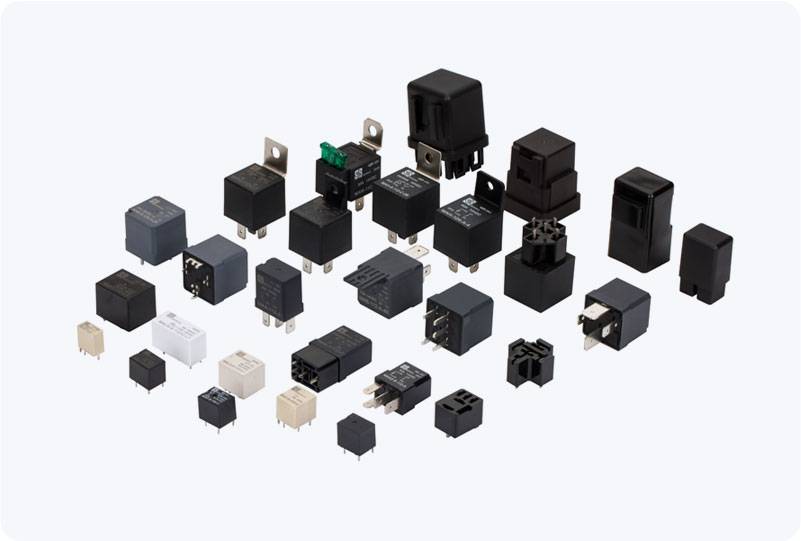understanding the 24vdc power relay: applications, benefits, and key considerations
Release time:2025-10-23 23:29:39
A 24VDC Power Relay is a versatile electronic component used widely in various industries and applications. This relay operates on a 24-volt direct current (DC) voltage to control the switching of higher voltage circuits. Relays are essential for automating control processes, protecting circuits, and managing larger electrical loads that a direct switch may not handle efficiently. In this article, we will dive into the fundamental aspects of the 24VDC Power Relay, exploring its functions, applications, benefits, and considerations.

What is a 24VDC Power Relay?
A 24VDC Power Relay consists of an electromagnet (the coil), contacts, and a spring mechanism. When a 24V direct current is applied to the relay's coil, it generates a magnetic field that activates the contacts. These contacts can either open or close, depending on the relay's design, allowing or interrupting the flow of electricity to the load circuit. This makes the relay an indispensable tool for controlling electrical systems without the need for a direct physical switch.
How Does a 24VDC Power Relay Work?
At its core, a 24VDC Power Relay operates as an electrical switch. When a low voltage (24VDC) is applied to the coil, it generates a magnetic field that moves an armature. The armature either closes or opens a set of contacts, depending on the relay's configuration. These contacts can control various types of devices, including motors, lights, alarms, or other electronic systems. When the 24VDC power is removed from the coil, the armature returns to its default position, and the contacts revert to their original state.

